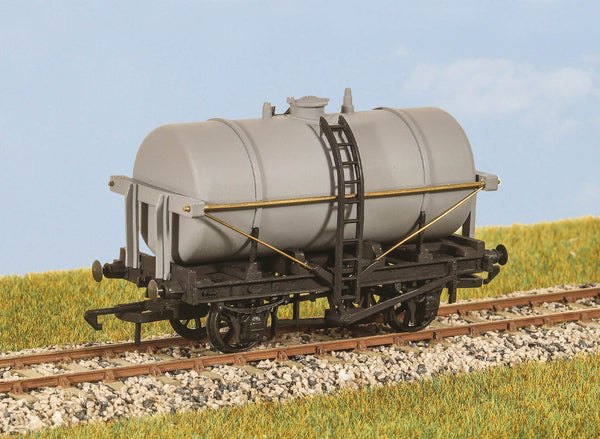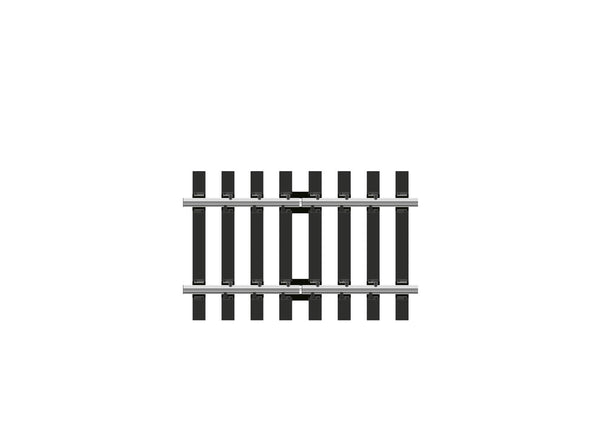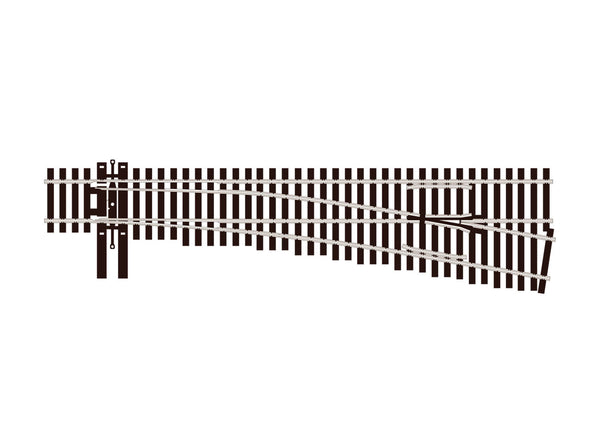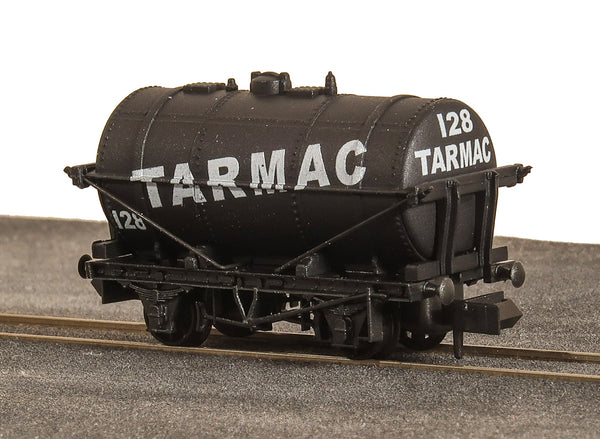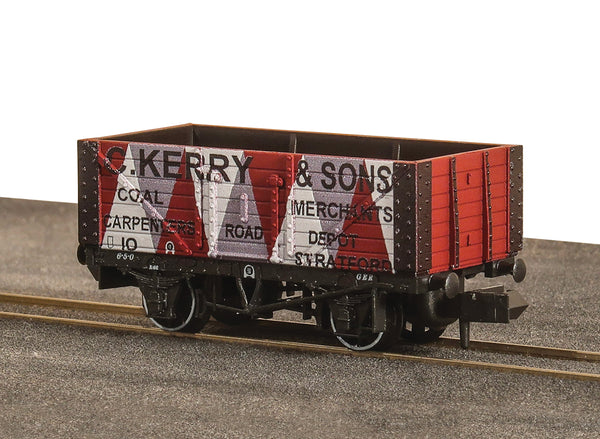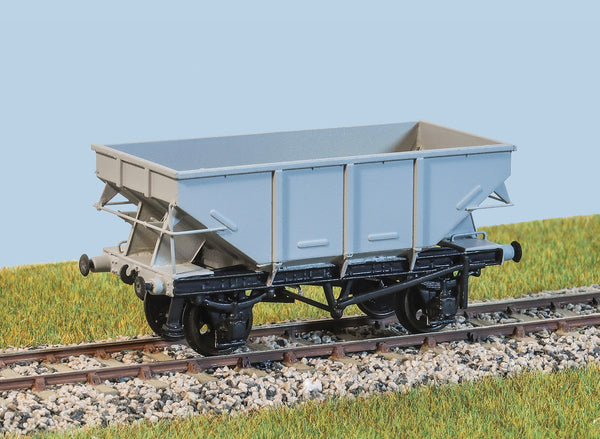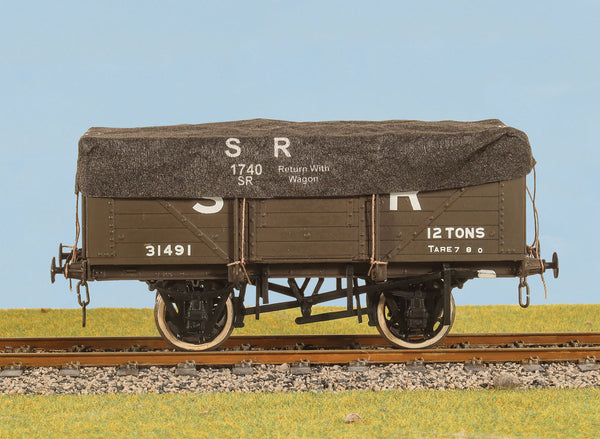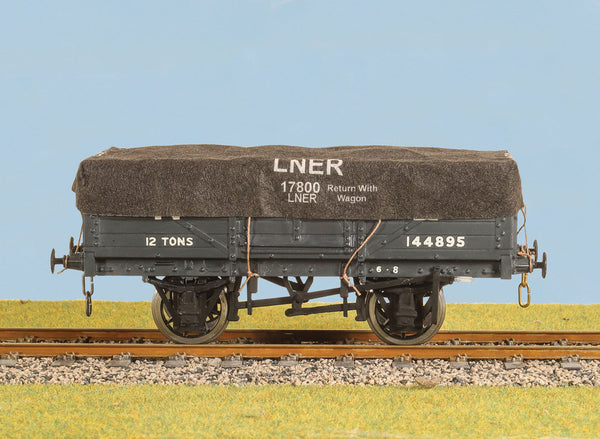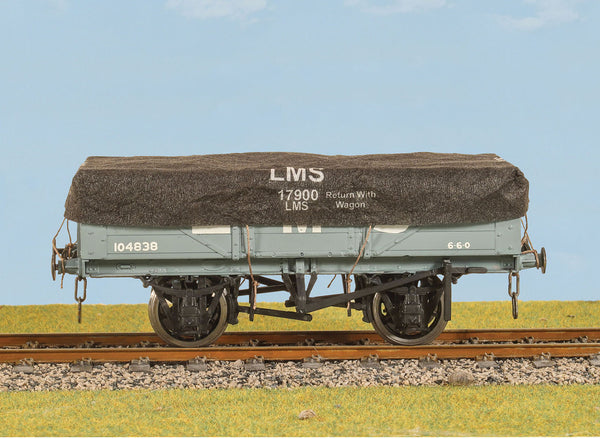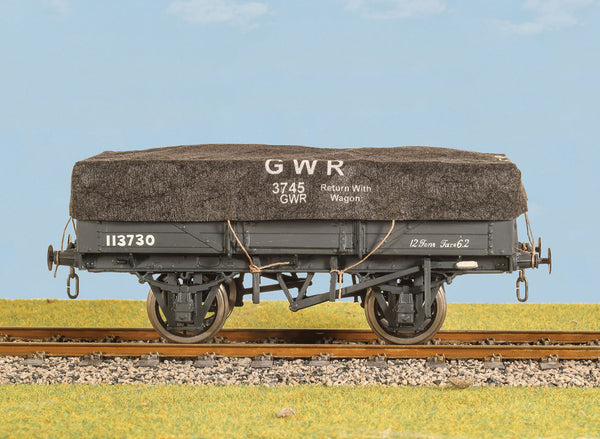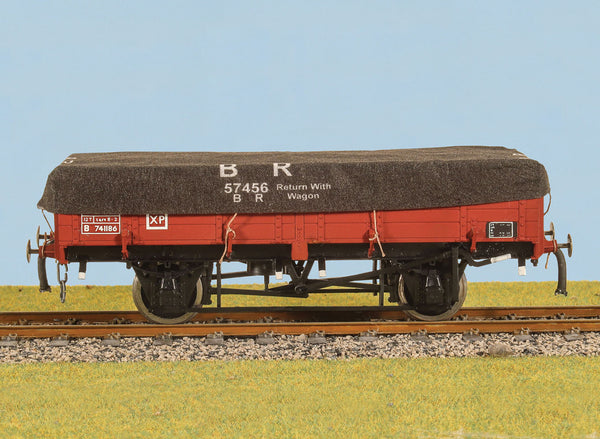BROWSE PECO PRODUCTS
Browse through our complete product portfolio.
1872 Products Found
Parkside OO - 4-Wheel Milk Tank Wagon Kit
These kits have been transferred over to Parkside from the PECO "Wonderful Wagons" range, a long-standing favourite kit of modellers for many years. Back then these kits were pre-coloured and decorated, but we have overhauled the kits, added an NEM pocket (so modellers can easily fit a coupler of their choice - although the kit is supplied with a set of tension-lock couplers) and now supply the kits with either a set of milk company decals (PC91) or oil company decals (PC92). The decals provide a whole lot more detail than previously applied to the original pre-decorated kits.
PECO Streamline OO/HO Transition Track Code 83/Code 70
PECO Streamline transition track for connecting Code 83 and Code 70 track.
Whilst our HO Code 83 track is perfect for modelling American mainlines, this new Code 70 track is just right for secondary lines, lightly-used branches, sidings, etc. Indeed, it will be perfect for modelling the early-to-mid 20th century railroading era when lighter rail was more commonly used. Featuring accurate rail spike detail, correctly proportioned ties (sleepers) and nickel silver rail, this new flexible track has been produced to the same high standard that modellers have come to expect from PECO and confirms to the specifications laid down by the NMRA.
Code 70, No.6 Turnout Left Hand, Unifrog
Whilst our HO Code 83 track is perfect for modelling American mainlines, this new Code 70 track is just right for secondary lines, lightly-used branches, sidings, etc. Indeed, it will be perfect for modelling the early-to-mid 20th century railroading era when lighter rail was more commonly used. Featuring accurate rail spike detail, correctly proportioned ties (sleepers) and nickel silver rail, this new flexible track has been produced to the same high standard that modellers have come to expect from PECO and confirms to the specifications laid down by the NMRA..
Code 70, No.6 Turnout Right Hand, Unifrog
Whilst our HO Code 83 track is perfect for modelling American mainlines, this new Code 70 track is just right for secondary lines, lightly-used branches, sidings, etc. Indeed, it will be perfect for modelling the early-to-mid 20th century railroading era when lighter rail was more commonly used. Featuring accurate rail spike detail, correctly proportioned ties (sleepers) and nickel silver rail, this new flexible track has been produced to the same high standard that modellers have come to expect from PECO and confirms to the specifications laid down by the NMRA..
Tank Wagon Tarmac No.128
Private owner wagons abounded prior to nationalisation, they would often be seen far from their base as they were sent to collect raw materials and supplies such as coal, and deliver finished goods. All Peco wagons feature free running wheels in pin point axles. The ELC coupling, whilst compatible with the standard N gauge couplings, keeps a realistic distance between vehicles and enables the PL-25 electro magnetic decoupler to be used for remote uncoupling.
7 Plank Wagon C. Kerry & Sons
Private owner wagons abounded prior to nationalisation, they would often be seen far from their base as they were sent to collect raw materials and supplies such as coal, and deliver finished goods. All Peco wagons feature free running wheels in pin point axles. The ELC coupling, whilst compatible with the standard N gauge couplings, keeps a realistic distance between vehicles and enables the PL-25 electro magnetic decoupler to be used for remote uncoupling.
British Railways 13 Ton Steel Body Hopper (LNER)
Over 2,600 of these wagons were built for use on British Railways, between 1949 and 1953. They became synonymous with the North East Region, where coal drop staithes were commonly provided in the station goods yard, so a bottom-discharge hopper was the obvious type to use. Although intended for transporting coal, in later life they became more nomadic around the UK and were used for carrying other materials such as stone and sand. The last examples lingered in service until the early 1980s.
SR Wagon Tarpaulin
O Scale SR wagon tarpaulin, produced from a material that convincingly replicates the texture and look of canvas tarpaulins once commonly used on open wagons, to protect the contents underneath. Each product contains 3 tarpaulins.
LNER Wagon Tarpaulin
O Scale LNER wagon tarpaulin, produced from a material that convincingly replicates the texture and look of canvas tarpaulins once commonly used on open wagons, to protect the contents underneath. Each product contains 3 tarpaulins.
LMS Wagon Tarpaulin
O Scale LMS wagon tarpaulin, produced from a material that convincingly replicates the texture and look of canvas tarpaulins once commonly used on open wagons, to protect the contents underneath. Each product contains 3 tarpaulins.
GWR Wagon Tarpaulin
O Scale GWR wagon tarpaulin, produced from a material that convincingly replicates the texture and look of canvas tarpaulins once commonly used on open wagons, to protect the contents underneath. Each product contains 3 tarpaulins.
BR Wagon Tarpaulin
O Scale BR wagon tarpaulin, produced from a material that convincingly replicates the texture and look of canvas tarpaulins once commonly used on open wagons, to protect the contents underneath. Each product contains 3 tarpaulins.










